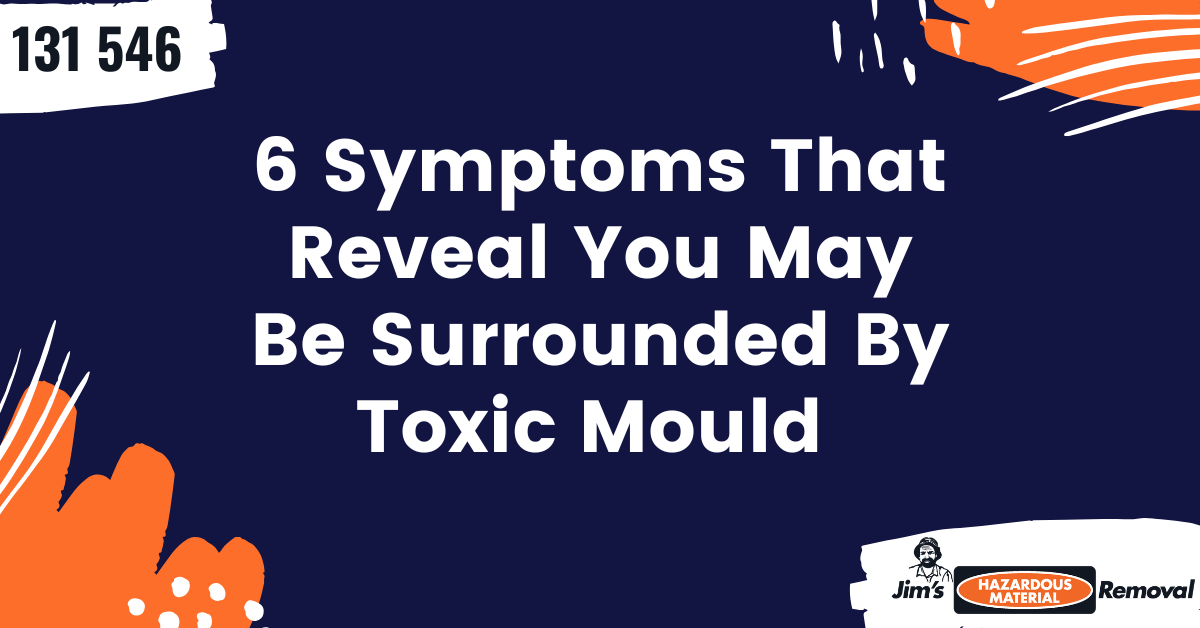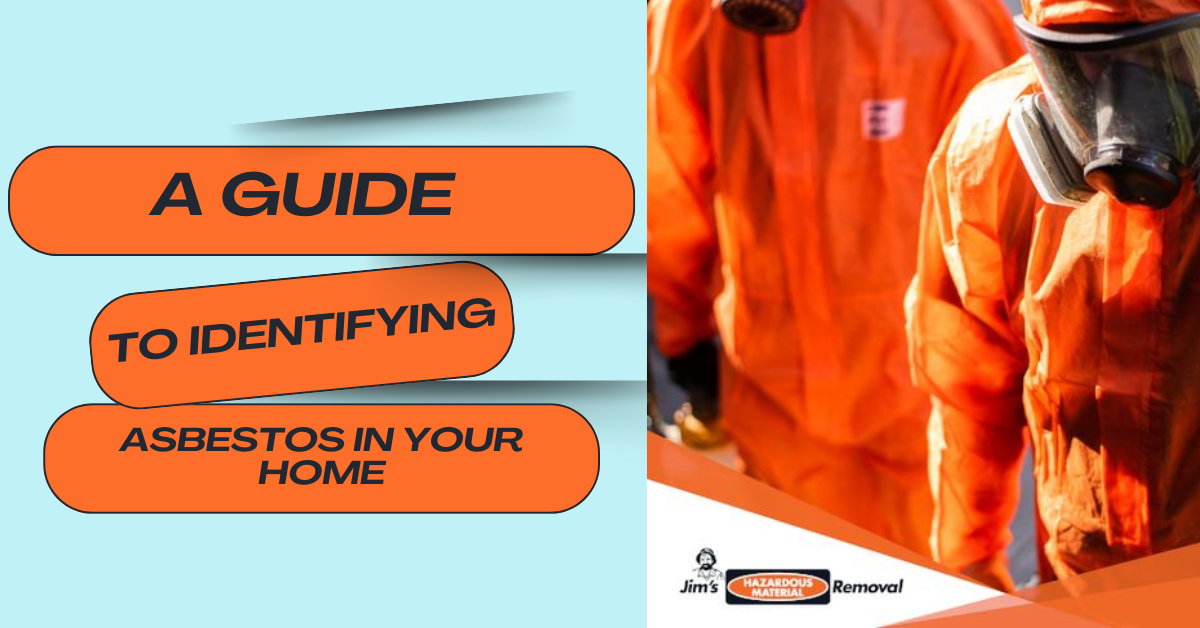
Mold is a silent, invisible threat that can lurk in the shadows of our homes, offices, and even our bodies, wreaking havoc on our health without us even realizing it. If you’ve been feeling under the weather, experiencing unexplained symptoms of toxic mould, or just can’t seem to shake that nagging sense that something isn’t quite right, it may be time to take a closer look at the possibility of mold exposure.
In this comprehensive guide, we’ll dive deep into the six most common symptoms of toxic mould exposure, equipping you with the knowledge to identify the warning signs and take proactive steps to address this hidden health hazard. From chronic sore throats to brain fog and vision problems, we’ll explore each symptom in detail, providing you with the insights you need to safeguard your wellbeing and reclaim your health.
If you are experiencing any of these symptoms, you may need to have your home tested.
Get a FREE QUOTE by calling 131 546.
1. Symptom: Chronic Sore Throat
One of the most telltale signs of the symptoms of toxic mould exposure is a persistent, unexplained sore throat. When mold spores are present in your environment, they can irritate the delicate mucous membranes in your throat, leading to a constant, nagging discomfort that just won’t go away.
Unlike a typical sore throat that comes and goes with a cold or flu, a mold-related sore throat is often chronic, meaning it lingers day after day, week after week. This is because the mold spores are continuously triggering an inflammatory response in your throat, causing the tissues to become swollen and irritated.
If you find yourself waking up with a sore throat every morning, or if the discomfort persists throughout the day, it’s a strong indication that you may be dealing with a mold problem. Pay close attention to the timing and duration of your sore throat symptoms, as this can help you pinpoint the source of the issue.
2. Symptom: Brain Fog
Another common symptom of mold exposure is brain fog, a frustrating condition that can make it difficult to think clearly, concentrate, and remember important information.
Mold toxins can have a direct impact on the brain, interfering with cognitive function and causing a range of neurological symptoms. When these toxins enter the body, they can trigger inflammation in the brain, leading to impaired memory, difficulty processing information, and a general sense of mental “cloudiness.”
If you find yourself struggling to find the right words, forgetting important details, or having trouble focusing on tasks, it may be a sign that mold is taking a toll on your cognitive abilities. Brain fog can be a particularly insidious symptom, as it can gradually worsen over time, making it increasingly difficult to function at your best.
3. Symptom: Chronic Upper Respiratory Infections
Mold exposure can also weaken the immune system, leaving you more susceptible to recurring upper respiratory infections. If you find yourself constantly battling sinus infections, bronchitis, or other respiratory ailments, it may be a red flag that mold is compromising your body’s ability to fight off pathogens.
When mold spores are present in the air, they can irritate the delicate mucous membranes in the nose, throat, and lungs, making you more vulnerable to bacterial and viral infections. Over time, this repeated exposure can take a toll on the immune system, leaving you feeling run down and susceptible to illness.
If you find yourself making frequent trips to the doctor for respiratory infections that just won’t go away, it’s important to consider the possibility of mold as the underlying cause. Addressing the mold problem may be the key to strengthening your immune system and reducing your susceptibility to these chronic infections.
4. Symptom: Nighttime Urination
One of the more surprising symptoms of mold exposure is an increase in nighttime urination, also known as nocturia. This phenomenon is believed to be a result of the toxins produced by mold, which can enter the bloodstream and overwhelm the body’s filtration system.
As the body works to eliminate these toxins, it may trigger a need to urinate more frequently, particularly during the night when the body is at rest. This can disrupt sleep patterns and lead to a host of other health issues, such as fatigue and decreased productivity.
If you find yourself waking up multiple times throughout the night to use the bathroom, it’s worth considering the possibility of mold exposure as a contributing factor. Addressing the underlying mold problem may help to alleviate this symptom and improve your overall sleep quality and well-being.
5. Symptom: Fatigue
Chronic fatigue is another common symptom associated with mold exposure. When the body is constantly fighting off the harmful effects of mold toxins, it can quickly become depleted, leading to a persistent sense of exhaustion and lack of energy.
Mold-related fatigue can be particularly debilitating, as it can make even the simplest tasks feel like an insurmountable challenge. You may find yourself feeling increasingly tired throughout the day, despite getting adequate sleep, or struggling to maintain your usual level of productivity and activity.
If you’ve noticed a significant and unexplained drop in your energy levels, it’s important to consider the possibility of mold as a contributing factor. Addressing the mold problem and supporting your body’s detoxification processes may help to restore your energy levels and improve your overall quality of life.
6. Symptom: Vision Problems
Surprisingly, mold exposure can also have a direct impact on your vision, leading to a range of eye-related symptoms. From blurred vision and sensitivity to light to more serious issues like vision loss, mold toxins can wreak havoc on the delicate structures of the eye.
The reason for this is that mold toxins can cause inflammation and damage to the optic nerve, as well as the retina and other parts of the eye. This can lead to a range of vision-related problems, including difficulty focusing, increased sensitivity to light, and even partial or complete vision loss in severe cases.
If you’ve noticed a sudden or gradual decline in your vision, or if you’re experiencing other eye-related symptoms like dryness, redness, or irritation, it’s important to consider the possibility of mold exposure as a contributing factor. Addressing the mold problem and seeking medical attention may be necessary to protect your vision and prevent further damage.
Protecting Yourself from Toxic Mold Exposure
If you’re experiencing any of the symptoms we’ve discussed, it’s important to take action to identify and address the underlying mold problem. The first step is to conduct a thorough inspection of your home, office, or any other spaces you spend a significant amount of time in, looking for signs of mold growth or moisture buildup.
If you suspect that mold may be present, it’s best to have a professional mold inspection and testing conducted to confirm the presence and extent of the problem. This will help you develop a comprehensive plan for remediation and ensure that the mold is properly removed and the underlying causes are addressed.
In the meantime, you can take steps to protect yourself from further exposure, such as using air purifiers, wearing protective gear when entering potentially contaminated areas, and avoiding activities that may disturb or release mold spores into the air.
For more information on the symptoms of mold exposure and how to protect yourself, be sure to check out this helpful article: What Are the Symptoms of Mold Exposure?
Don’t let symptoms of toxic mould continue to compromise your health and well-being. By being vigilant, taking proactive steps, and seeking professional help when necessary, you can reclaim your health and create a safer, healthier environment for yourself and your loved ones.







